According to Mr. Do Van Bao, a teacher at Vinschool and the online learning site Tuyensinh247, the math exam for the 10th grade entrance exam in Hanoi this year has not changed much in structure compared to last year, and is somewhat "easier". The exam differentiates students but is still easy and will have many 8s and 9s.

Candidates in the arms of their loved ones after completing the math exam on the morning of June 11.
Overall, the test meets the requirements for assessing students and has differentiation factors. The test content of basic knowledge and skills is high, not too challenging for students. Students only need to have time to review, practice solving basic math problems well and do the test carefully to be able to complete 75 - 80% of the test quickly. Although there are some differentiation questions, they are not too difficult, candidates can still think to find a solution.
Average students can do well on the first three tests.
Lesson 1, simplifying expressions and calculating the value of expressions, belongs to the basic knowledge of calculating the value and simplifying expressions with a fairly simple result, creating conditions for students to be meticulous in order to get points easily. Students only need to do the exercise carefully and present it fully in the first idea.
Second, the question requires simplifying an expression with a known result, so it is difficult for students to make mistakes. Third, it tests the ability to solve quadratic equations, which are easier than other types, so students can easily get full marks for this question.
Lesson 2, solving problems by setting up a system of equations, is a practical problem. Question 1 is a type of problem solving by setting up an equation, a system of equations, related to work productivity. Students can easily analyze the problem of setting up a system of equations or a system of equations and solving the equation/system of equations, achieving maximum score for this question. In the quality assessment questions and mock tests of some schools, question 1 is often given, students have good conditions to review.
Question 2 is a simple practical problem related to knowledge of spheres. Students only need to remember the formula for calculating the volume of a sphere and carefully calculate to get points.
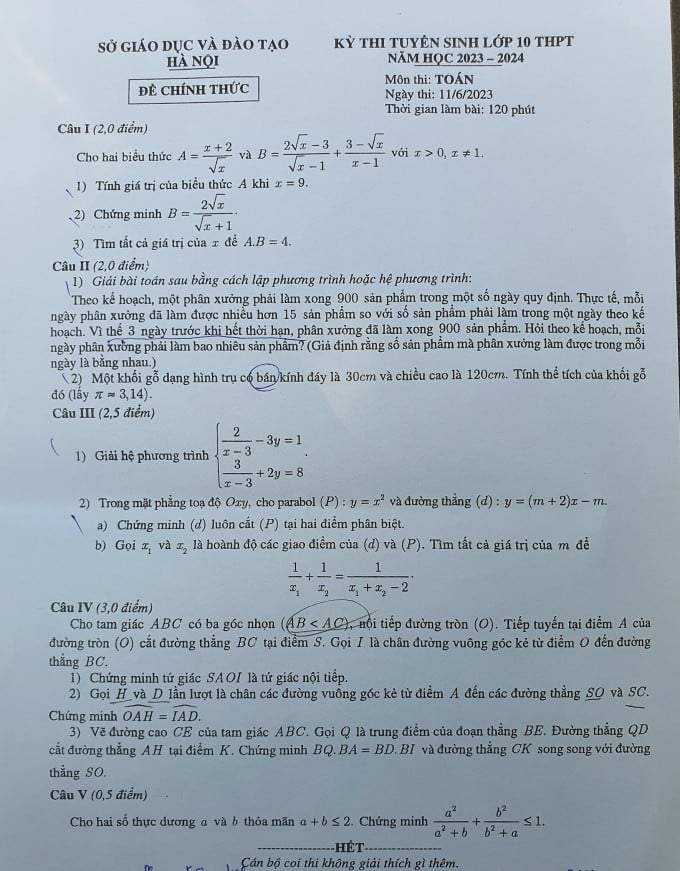
Math exam for 10th grade entrance exam in 2023 organized by Hanoi Department of Education and Training
Lesson 3 is a lesson on systems of equations and graphical functions. This is a fairly simple lesson and easy to score points. In question 1, students often solve by using the auxiliary variable method. Students also need to pay attention to the presentation, consider the conditions of the variables, and conclude the final solution to achieve maximum points. Students from average to above can do well on this question.
Question 2 of Lesson 3 is related to the knowledge of the intersection between a parabola and a familiar straight line. Average students and above can get a score in part a of this question, good students can do well in part b because the expression satisfies the condition of symmetry between the two solutions, and can be converted to the sum and product of the two solutions to apply Viet's theorem. However, to get the maximum score, it is necessary to pay attention to the factors of careful presentation and tight reasoning.
Differentiation of students focuses on lessons 4 and 5.
Lesson 4 is a geometry exercise, a pretty good geometry exercise, classifying students well at the end. The geometry exercise does not start with a familiar circle or semicircle, but in return there are many elements to suggest doing questions 1 and 2. Students read the requirements of the exercise carefully, carefully draw the shape to be able to do question 1 because this idea is a basic knowledge part that is quite familiar in the review process and appears quite a lot in the survey test as well as the mock test of schools.
Idea 2 requires more thinking from students. Students must argue to prove that angles are equal based on parallel relationships and inscribed quadrilaterals.
Idea 3 has a fairly clear classification of students. Students need to pay attention to applying the midpoint factor to deduce the median of the triangle, from which deduce the equal corresponding angles to deduce the inscribed quadrilateral and prove similar triangles to deduce the equal products. In the small idea of proving parallelism, students can bring it to the form of proving an inscribed quadrilateral based on the equal angle factor, then they can complete this idea. In this part, students can rely on intermediate proof, based on the property that the angles are equal to the sum of equal angles.
Lesson 5 is a fairly good problem about extreme values but not too difficult. This type of problem is quite familiar to good students, the expression and condition are symmetrical between a and b, and the problem also gives the maximum value of the left side for students to focus on proving. However, this is a type of finding the maximum value of the sum, which is a bit "opposite" to the way of thinking of directly applying the Cosine inequality. Students can approach it in many different ways.
Mr. Bao commented: "This year's math exam differentiates students but is still easy. This year there will probably be many 8s and 9s, but the majority will be 6.5 - 8. If you manage your time well, calculate carefully, and present fully, good students can get 8 or higher. Because the exam is "easier", the teachers who grade the exam pay more attention to deducting points for presentation errors, so the scores will be a little lower."
Source link




![[Photo] Opening of the National Conference to disseminate and implement the Resolution of the 11th Central Conference](https://vstatic.vietnam.vn/vietnam/resource/IMAGE/2025/4/16/e19da044c71d4330b6a03f49adcdb4f7)


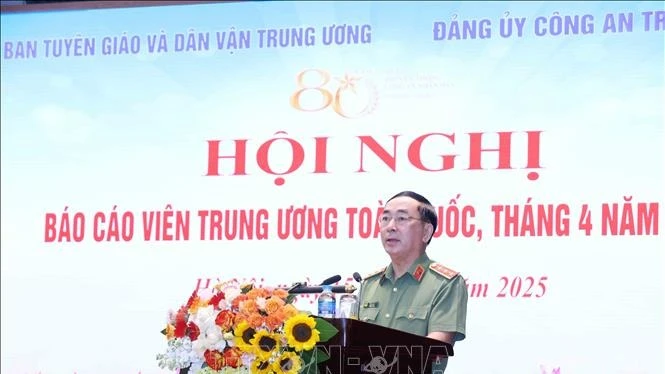
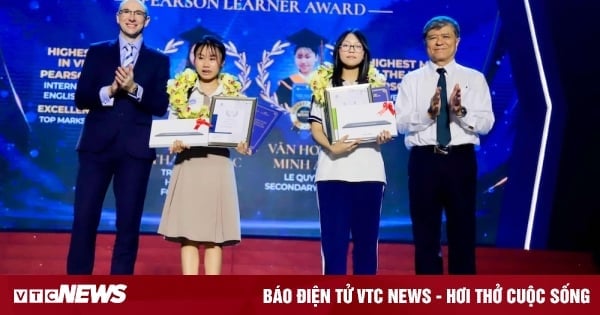

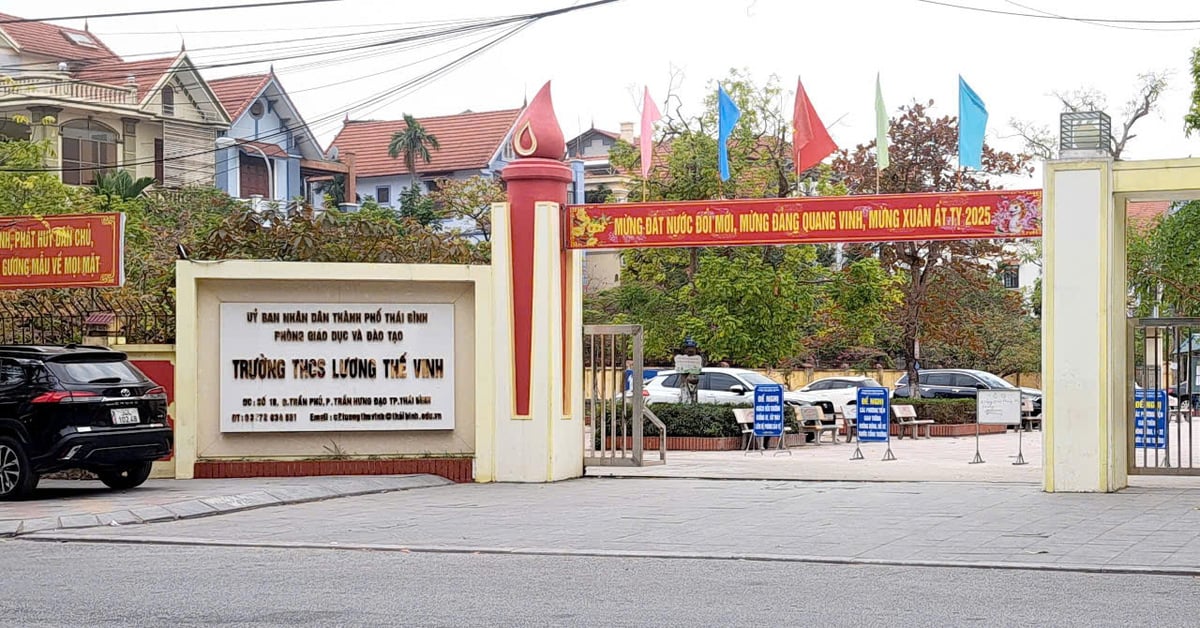

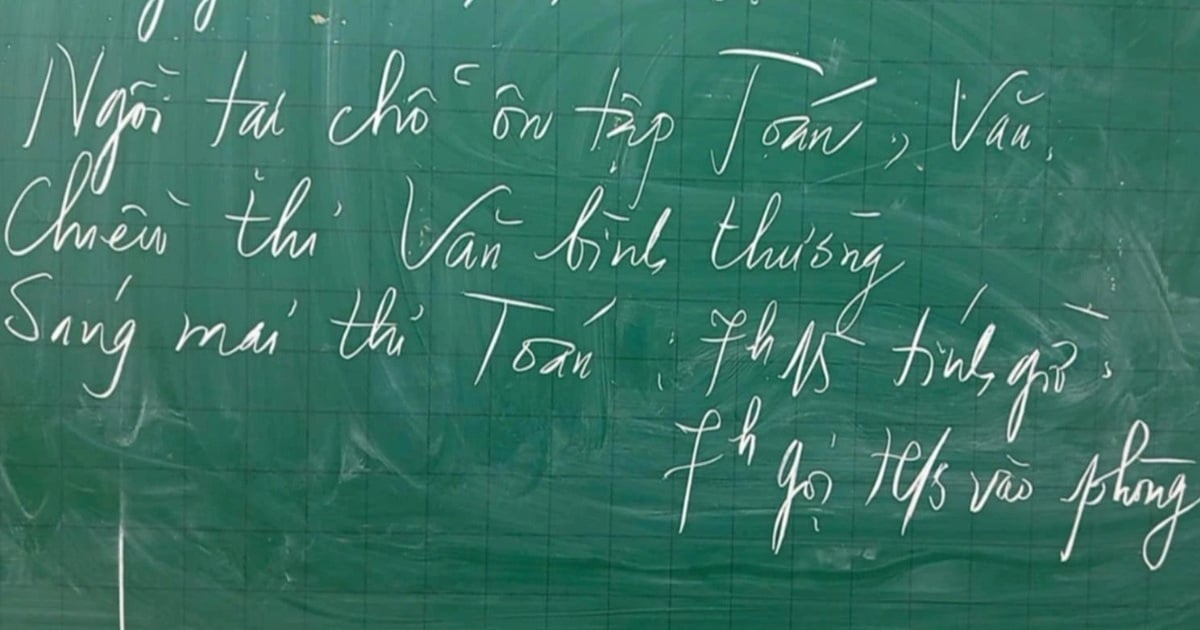







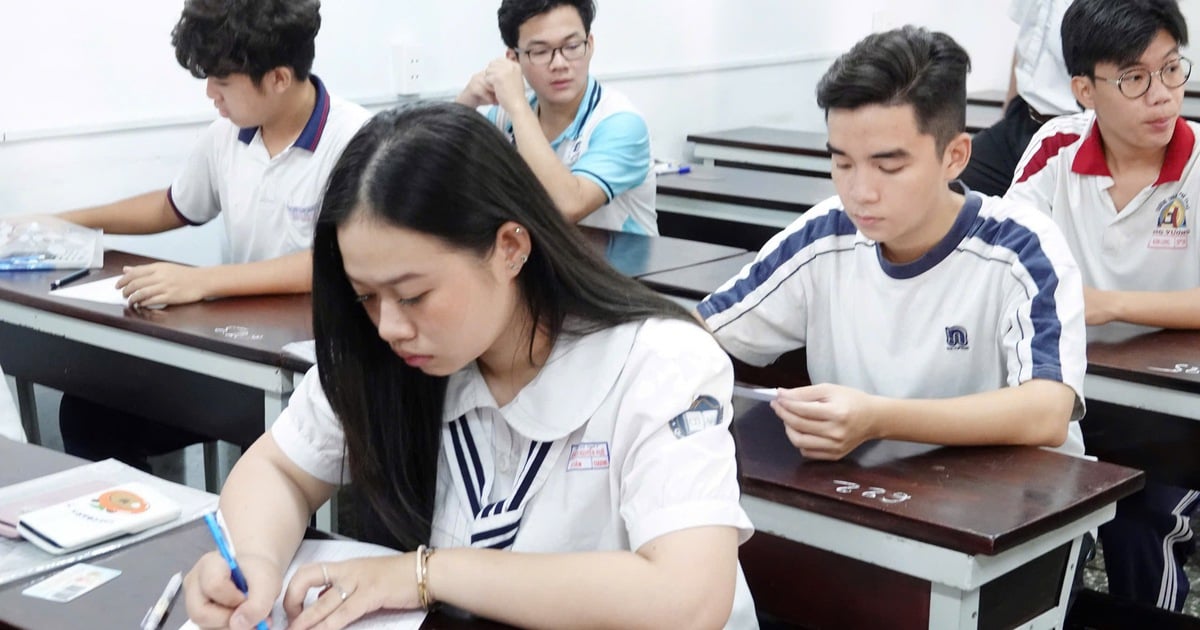
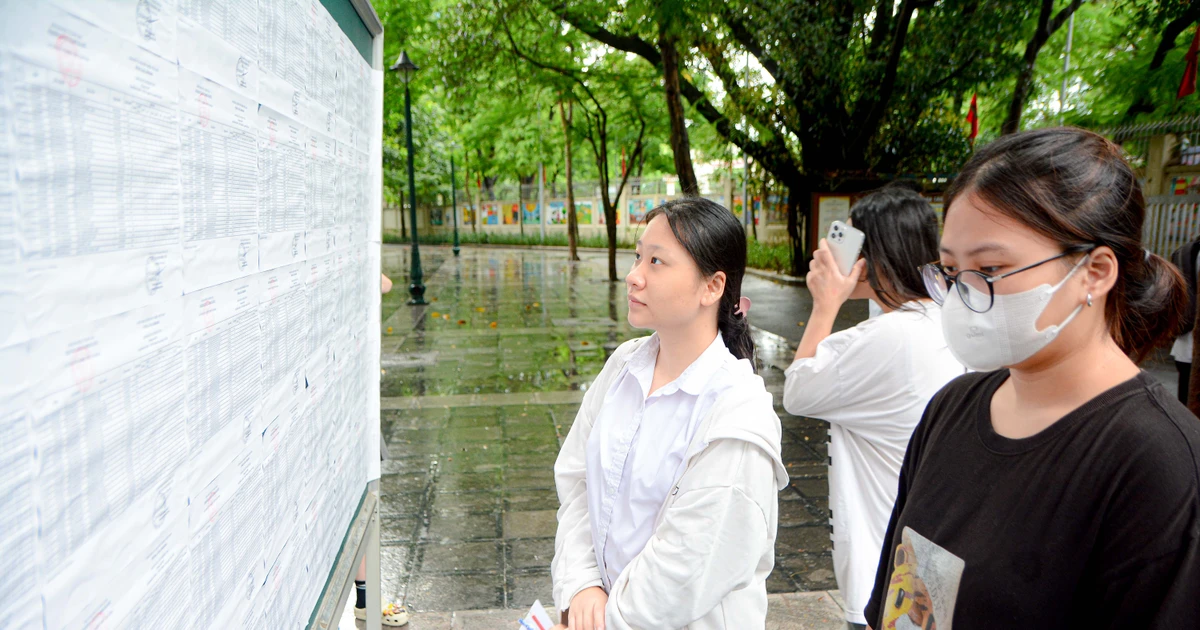









![[Photo] The two Prime Ministers witnessed the signing ceremony of cooperation documents between Vietnam and Ethiopia.](https://vstatic.vietnam.vn/vietnam/resource/IMAGE/2025/4/15/16e350289aec4a6ea74b93ee396ada21)
![[Photo] Prime Minister Pham Minh Chinh holds talks with Ethiopian Prime Minister Abiy Ahmed Ali](https://vstatic.vietnam.vn/vietnam/resource/IMAGE/2025/4/15/4f7ba52301694c32aac39eab11cf70a4)






























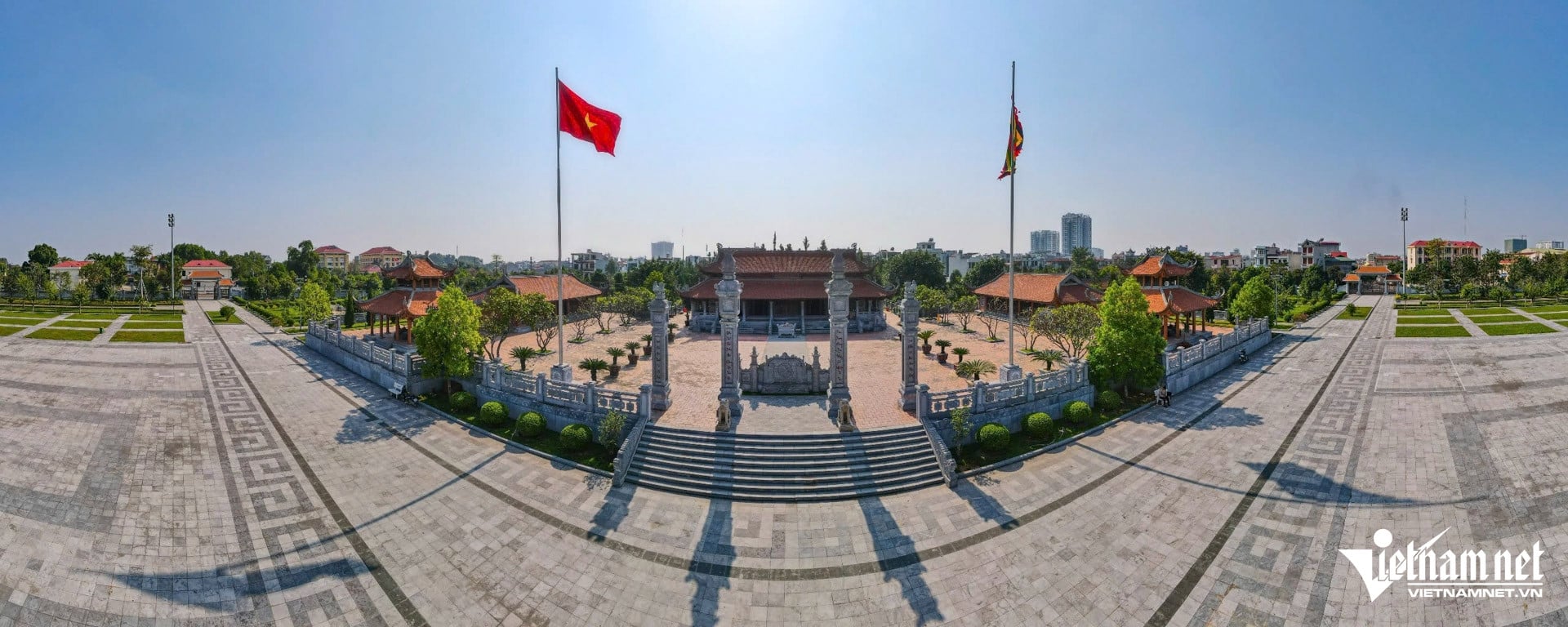






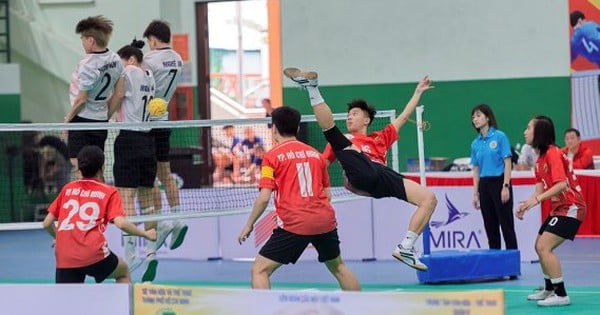


















![[Photo] The capital of Binh Phuoc province enters the political season](https://vstatic.vietnam.vn/vietnam/resource/IMAGE/2025/4/16/c91c1540a5744f1a80970655929f4596)






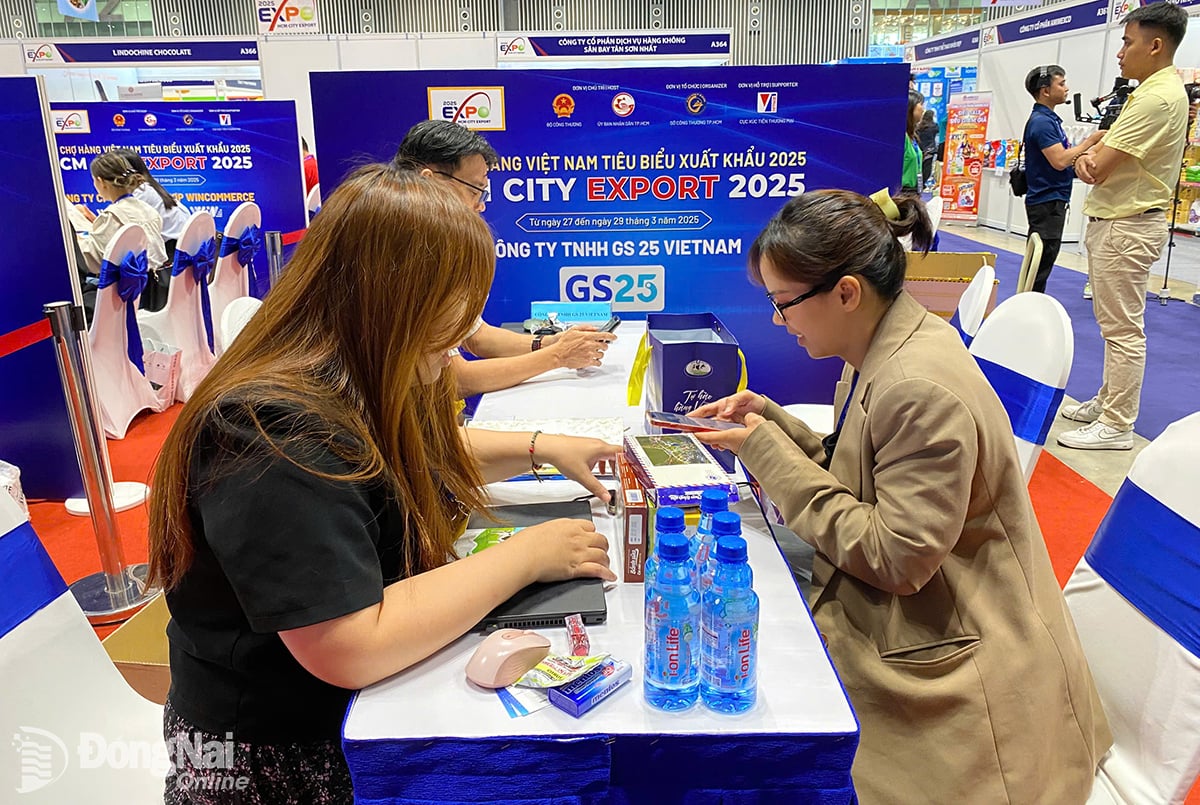

Comment (0)